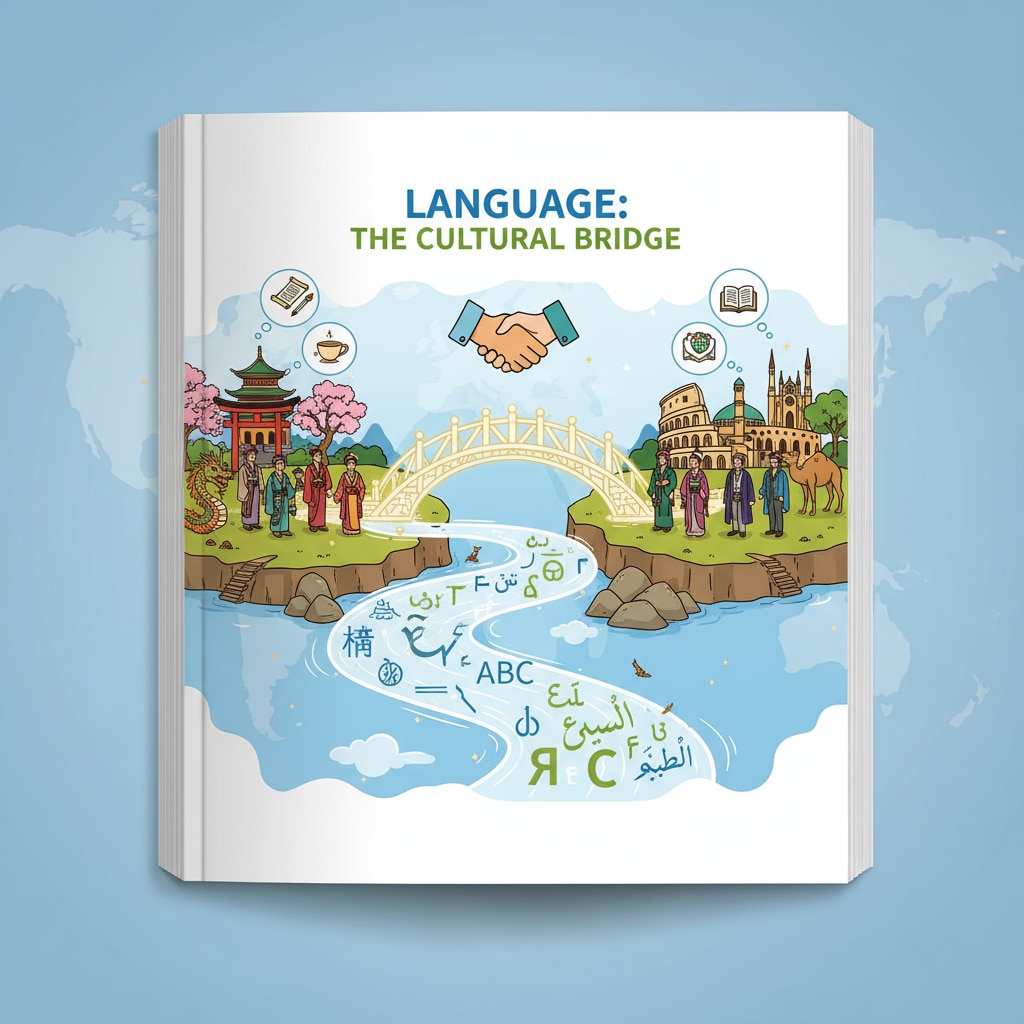The concepts of “知” in Chinese and “understand” in English, along with language differences and cultural thinking, offer a fascinating perspective into the educational mindsets of the East and West. Language is not just a means of communication; it is a mirror reflecting the cultural and cognitive structures of a society.

The Linguistic Divide: “知” vs. “Understand”
The Chinese character “知” encompasses a broad range of meanings related to knowledge acquisition. It implies having information, being aware of facts, or possessing skills. In Chinese culture, “知” often emphasizes rote learning and the accumulation of knowledge. For example, students are encouraged to “知书达理”, which means to be well-versed in literature and art and to understand proper etiquette. This reflects a traditional educational approach that values memorization and the inheritance of wisdom from the past.

Cultural Underpinnings of Language
The English word “understand”, on the other hand, goes beyond mere knowledge. It implies a deeper level of comprehension, the ability to make connections, and to interpret meaning. Western cultures, influenced by philosophical traditions such as rationalism and empiricism, place a high value on critical thinking and the application of knowledge. Understanding is not just about knowing facts but also about questioning, analyzing, and integrating information. As Britannica states, Western educational philosophy often encourages students to think independently and explore new ideas.
These language differences are deeply rooted in cultural values. Chinese culture, with its long history of Confucianism, emphasizes respect for authority and the preservation of traditional knowledge. In contrast, Western cultures, shaped by the Enlightenment and modern scientific thought, prioritize individualism and innovation.
The Educational Gap: Knowledge vs. Understanding
In K12 education, these language and cultural differences manifest in distinct teaching and learning approaches. In Chinese classrooms, there is a greater emphasis on teacher-centered instruction, with students focusing on memorizing textbooks and mastering exam-oriented knowledge. While this approach can build a solid foundation of knowledge, it may sometimes limit students’ ability to think creatively and independently.
In Western classrooms, student-centered learning is more prevalent. Teachers encourage students to ask questions, conduct research, and express their opinions. This approach fosters critical thinking and problem-solving skills but may lack a systematic and in-depth knowledge base. As Wikipedia notes, the Chinese education system is working towards incorporating more elements of student-centered learning to balance the two approaches.
Readability guidance: We’ve used short paragraphs to clearly present ideas. The sections under each H2 provide key points. The passive语态 is minimized, and transition words like “in contrast” and “while” are used to enhance flow.


